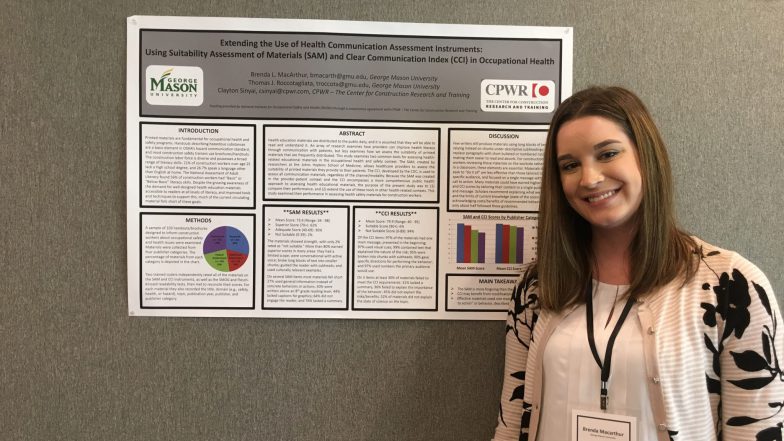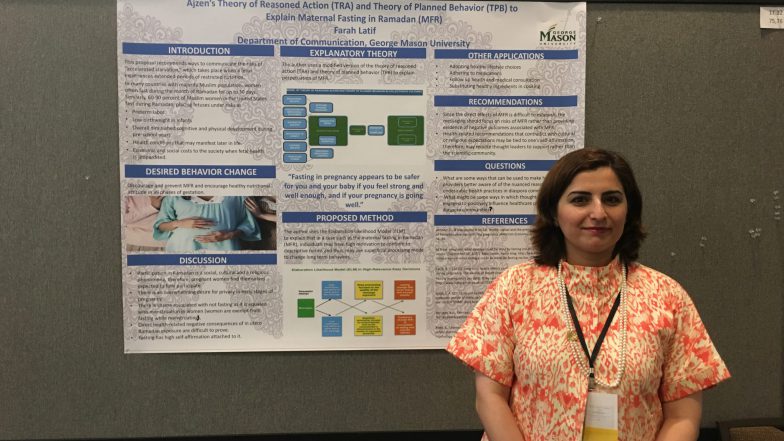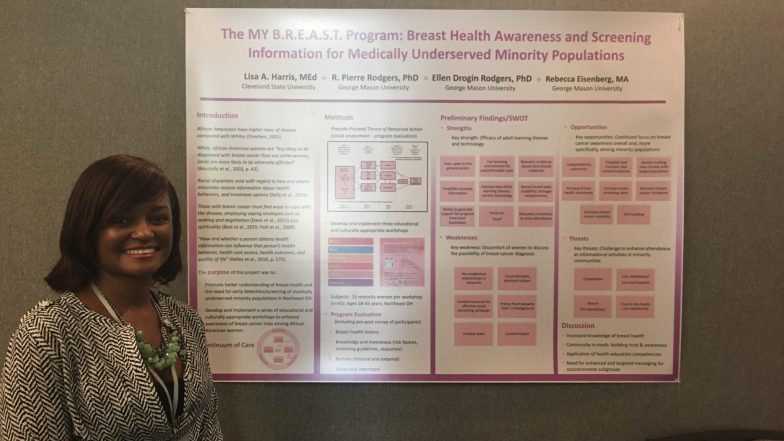Xiaoquan Zhao, George Mason University
Maria Roditis, FDA Center for Tobacco Products
Tesfa Alexander, FDA Center for Tobacco Products
Conclusions: Both humor and fear appeals in TRC appear to have potential to move youth risk perceptions in a favorable direction. Fear appeals may also increase negative smoking attitudes, whereas the effect of humor appeals in this domain is indistinct. Message-targeted emotions play an important role in youth receptivity to these messages and post-exposure risk perceptions and attitudes. In the interest of diversifying message strategy, employment of both types of appeals in the campaign appears justifiable.
OnAir Post: No laughing matter?




